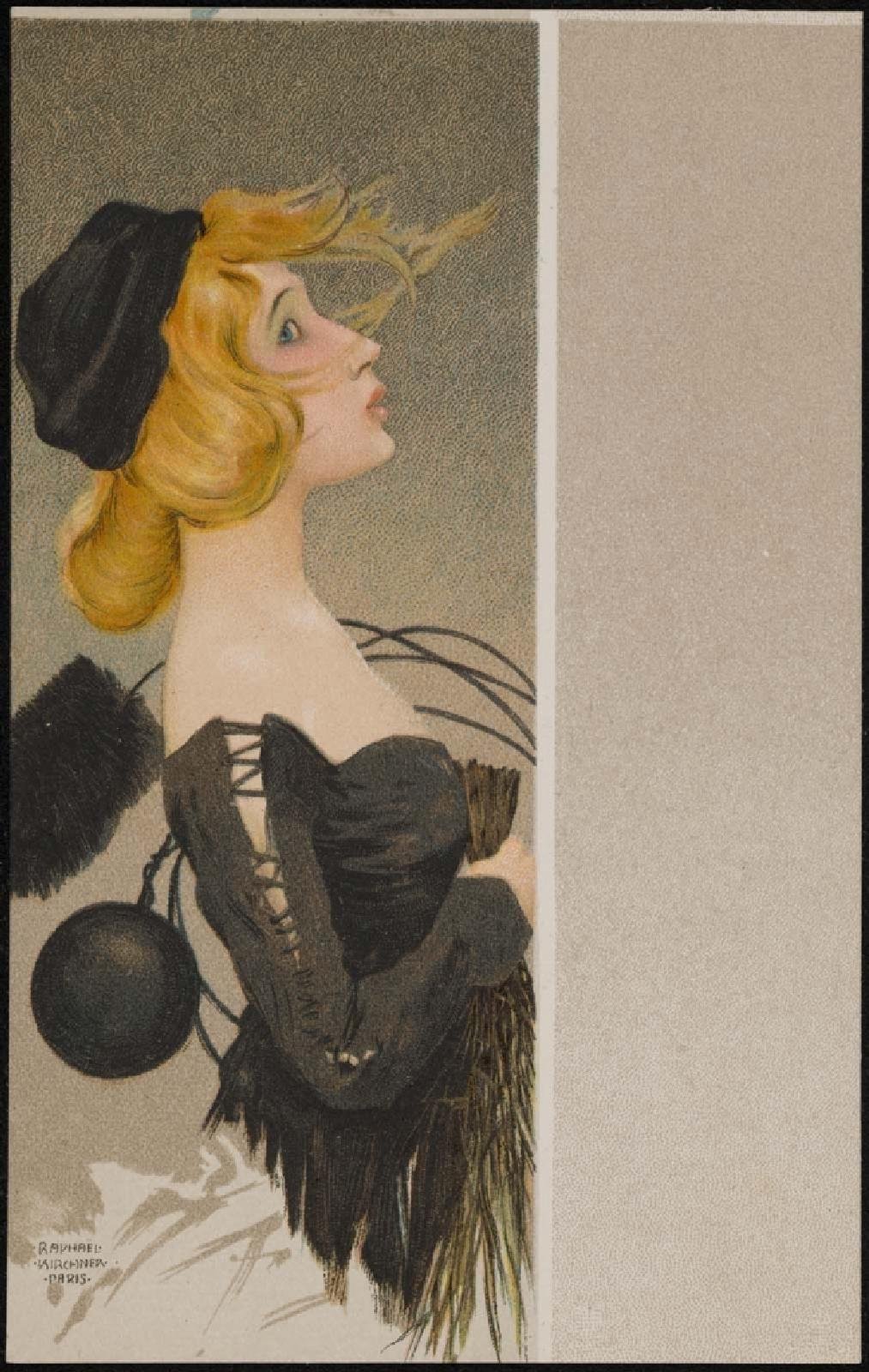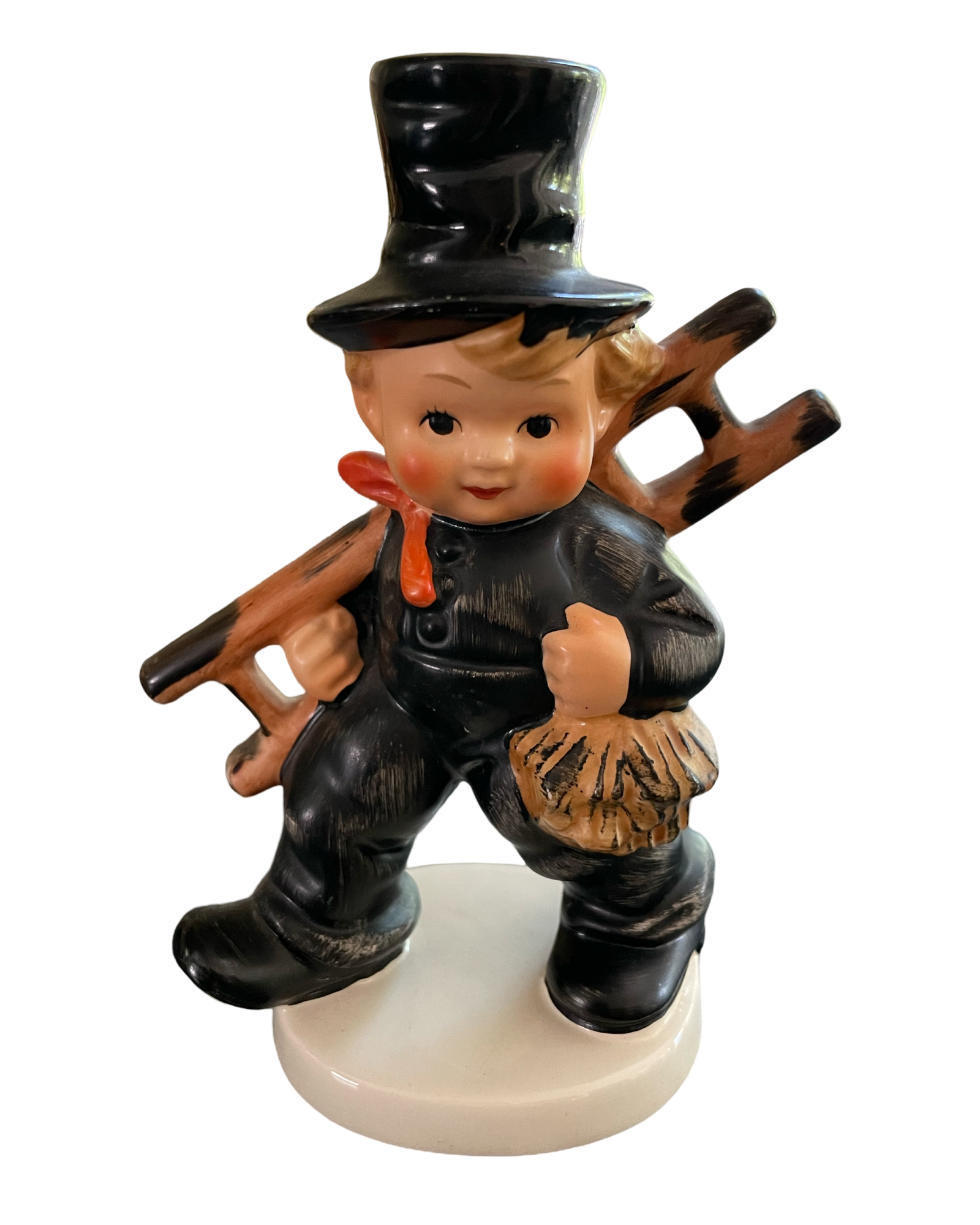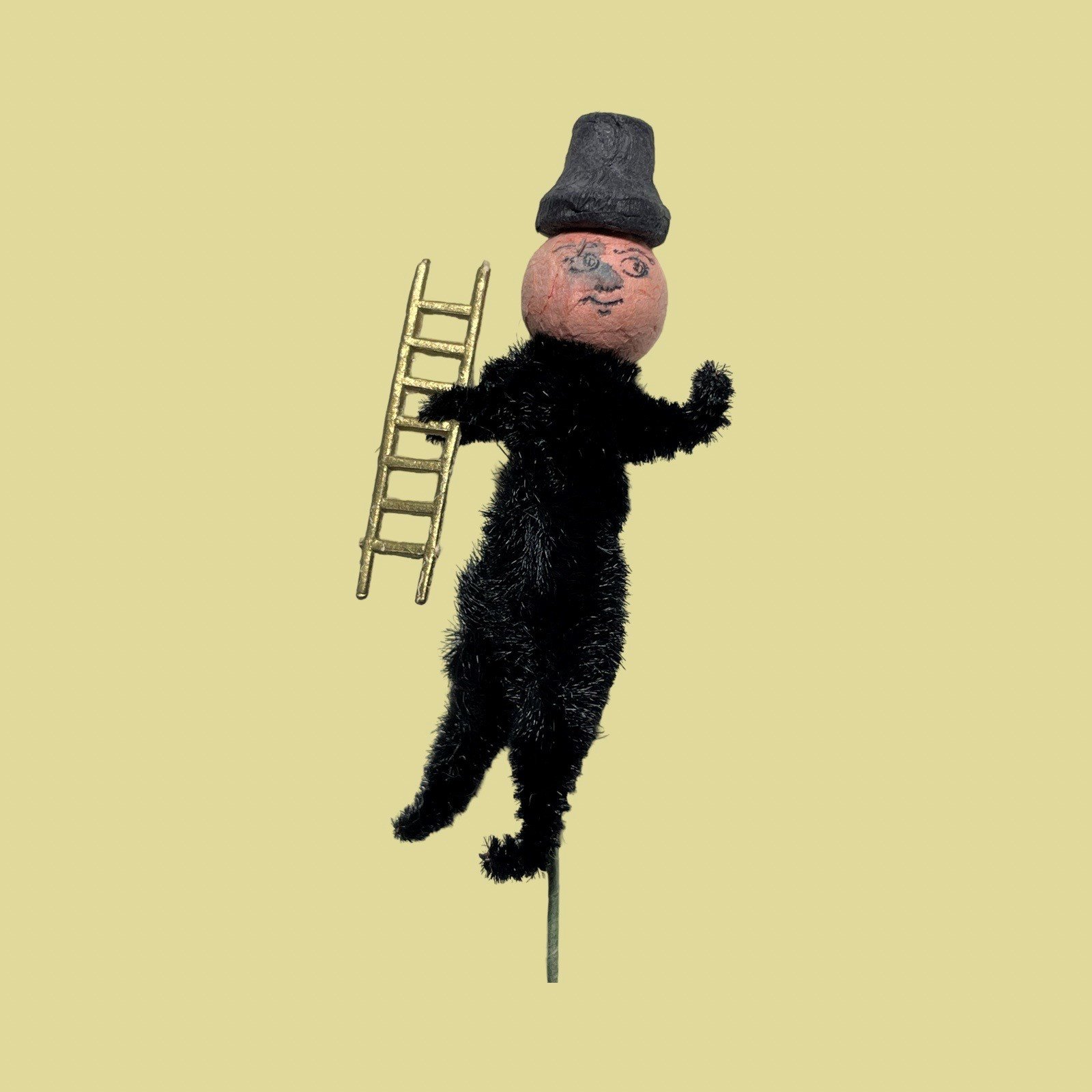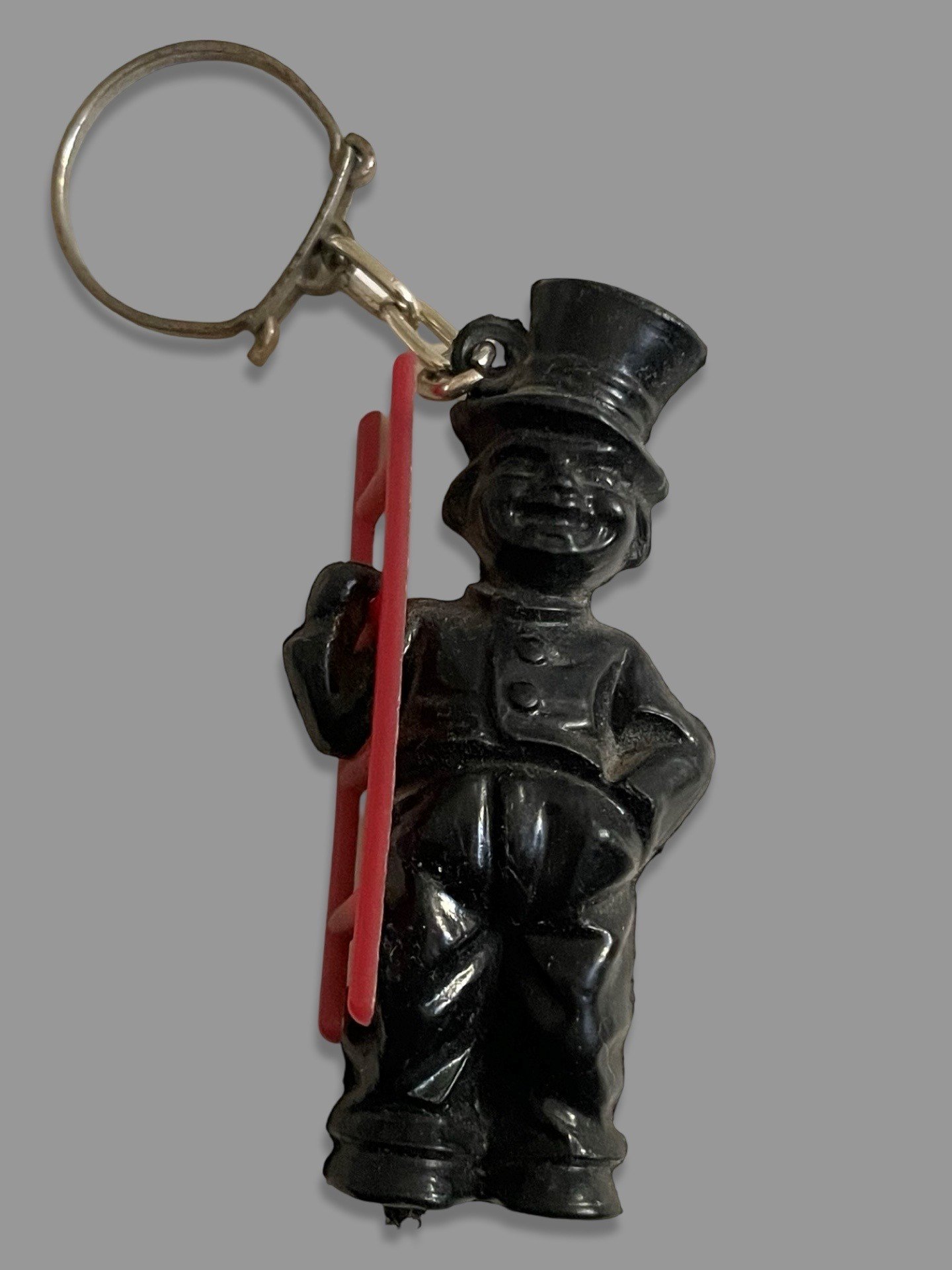Chimney Sweeps
If you delve into the annals of history, dear readers, you might find it perplexing that chimney sweeps, who endured some of the most arduous and perilous working conditions, are considered symbols of good fortune.
The life of a chimney sweep was far from glamorous. In the United Kingdom, young boys — often orphans — were apprenticed to master sweeps and tasked with the grim job of cleaning soot and ash from chimneys. In America, this labor was frequently performed by African-American boys, many of whom were descendants of enslaved people. In other parts of Europe, adults took on this hazardous work, regularly exposing themselves to toxic substances that led to severe health issues later in life.
Photo of a chimney sweep
Yet, despite these grim realities, chimney sweeps have come to be seen as harbingers of luck.
How did this transformation occur?
The tale, as it is often told, begins with King George II. Legend has it that during one of his processions, a dog startled his horse, causing a commotion. A nearby chimney sweep managed to calm the horse, and in gratitude, the King declared that chimney sweeps should be treated with respect. Over time, this royal decree evolved into the belief that chimney sweeps bring good luck.
In the United Kingdom, it is considered particularly auspicious for a bride and groom to encounter a chimney sweep on their wedding day. This tradition has endured, with modern chimney sweeps often hiring themselves out for wedding appearances. The notion of the lucky chimney sweep was further popularized by the song “Chim Chim Cher-ee” from the beloved film Mary Poppins:
Chim chiminey
Chim chiminey
Chim chim cher-ee!
A sweep is as lucky
As lucky can be
Chim chiminey
Chim chiminey
Chim chim cher-oo!
Good luck will rub off when
I shakes 'ands with you
Or blow me a kiss
And that's lucky too
The image of the chimney sweep, clad in a traditional top hat and black coat, has become a popular motif on Christmas cards and ornaments, often paired with other symbols of good luck such as four-leaf clovers and horseshoes.
The people of Talinn, Estonia have immortalized the idea of the lucky chimney sweep with a bronze statue, and of course, rubbing the buttons on his coat is believed to bring good luck. Read more about this statue at Atlas Obscura.
So, dear readers, while the life of a chimney sweep was undoubtedly fraught with hardship, their legacy as symbols of good fortune endures. Whether it is the result of a royal decree, a charming song, or simply the resilience of the human spirit, the chimney sweep remains a beloved figure in the pantheon of good luck charms.
Seyley, The Chimney Sweeper. A sweep walking to right with brushes over his shoulder; with sack slung over his left shoulder; wearing wide brimmed hat and simple clothes; behind him stands a boy, his apprentice, walking towards him but looking over his shoulder to the left; holding a sweep and a cloth, wearing cap and slipper style shoes. 1813
A boy chimney sweep pulling the bell of a house numbered '11', after having left his fingermarks around the door knocker; plate below knocker lettered with 'Knock / and / ring' and letterbox with 'G. Baxter / Offices, No.12.'; mounted impression, cut and pasted onto backing card. 1853
Lucky Chimney Sweep Ornament

Birthday postcard depicting chimney sweep: I'm wishing you happiness now and for keeps; and the best of good fortune in your little sweeps."

Frozen Charlie doll dressed as a chimney sweep
Martisor or good luck token, a chimney sweep, made of cut paper and black felted wool, glued onto a rectangular piece of red card. The sweep's body in black felted wool, his bow tie, shirt, ladder and face in paper.

Chimney Sweep Woman by Raphael Kirchner, 1903, from a series of postcards of women with good luck charms, from the collection of the Museum of Fine Arts Boston.

Silver charm depicting chimney sweep with ladder and (presumably black) cat; House of Good Fortune Collection
Snuffbox, ca.1765 by Johann Christian Neuber (goldsmith), Dresden from the collection of the Victoria & Albert Museum.
Saxon gold and hardstone snuff-box. By Johann-Christian Neuber (1736-1808), Dresden, Circa 1770.

Hummel Figurine by Goebel, Chimney Sweep, House of Good Fortune Collection

"Gugusse," Tiny Chimney Sweep made from a wooden bead and chenille stems; acquired at Tombees du Camion; Paris, France; House of Good Fortune Collection.

Chimney Sweep Key Chain; House of Good Fortune Collection

Goebel Chimney Sweep Salt and Pepper Shakers; House of Good Fortune Collection









